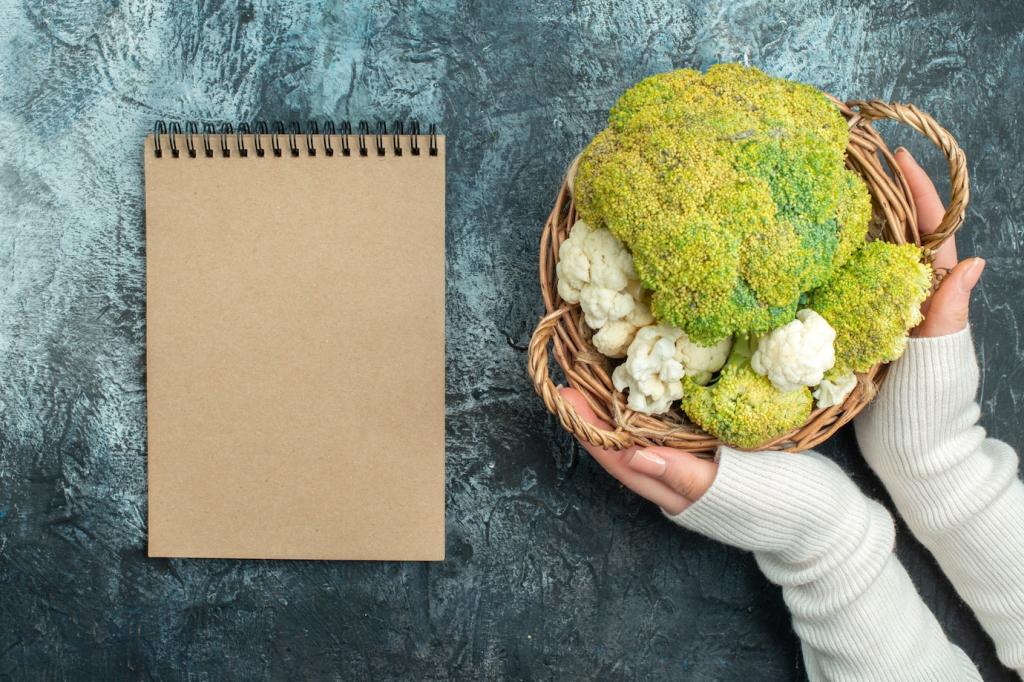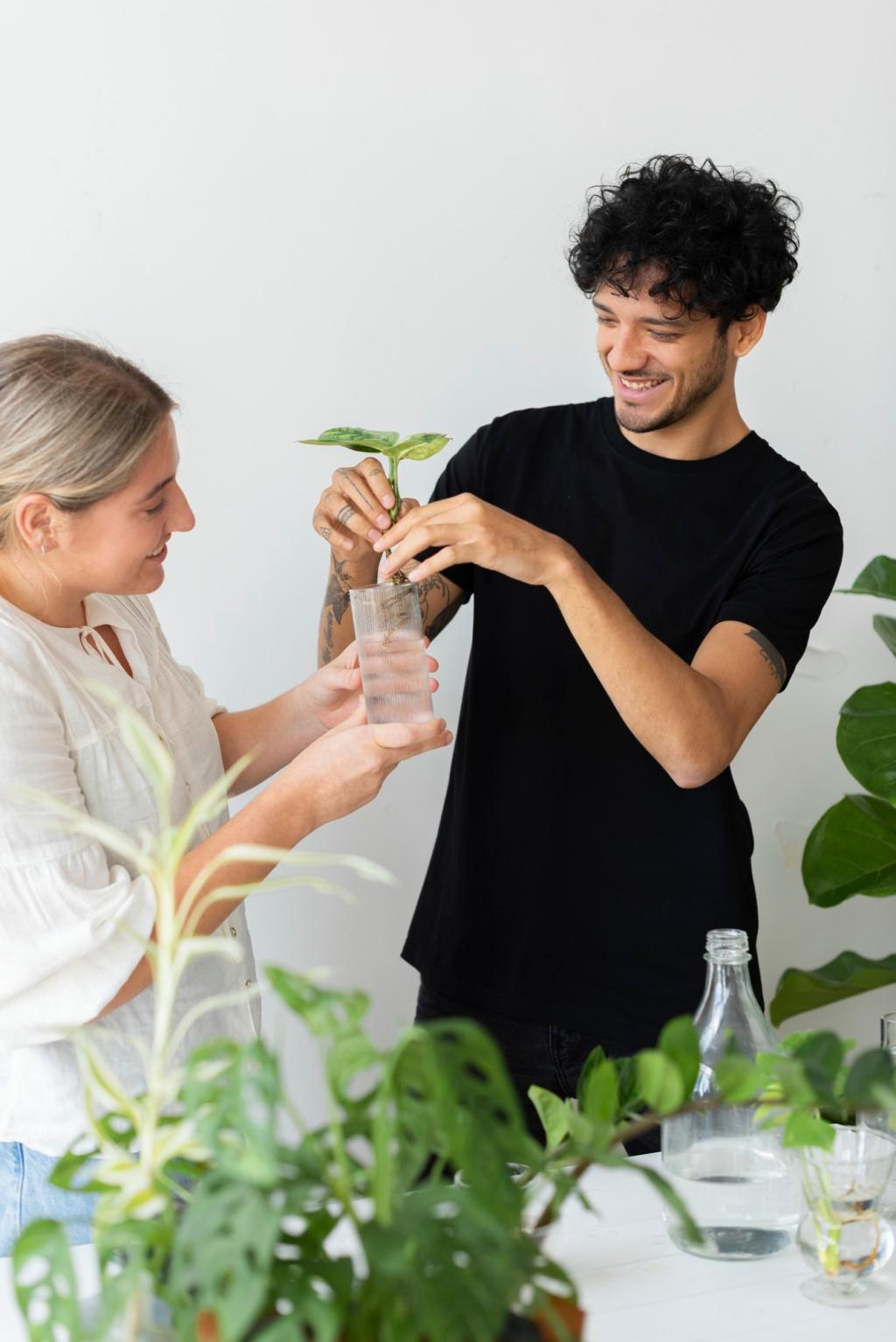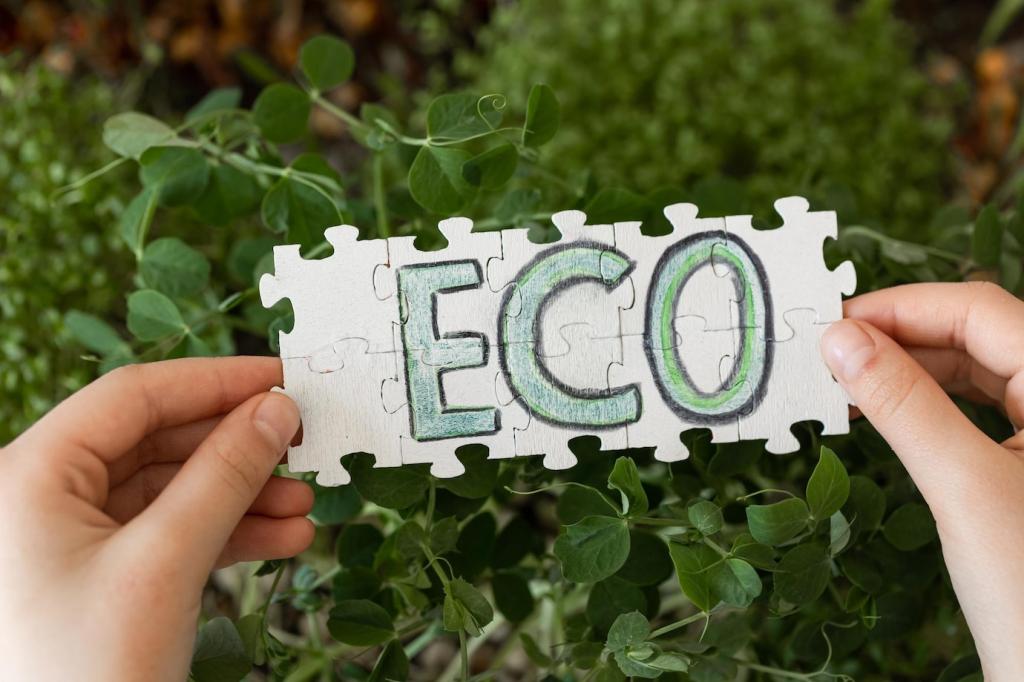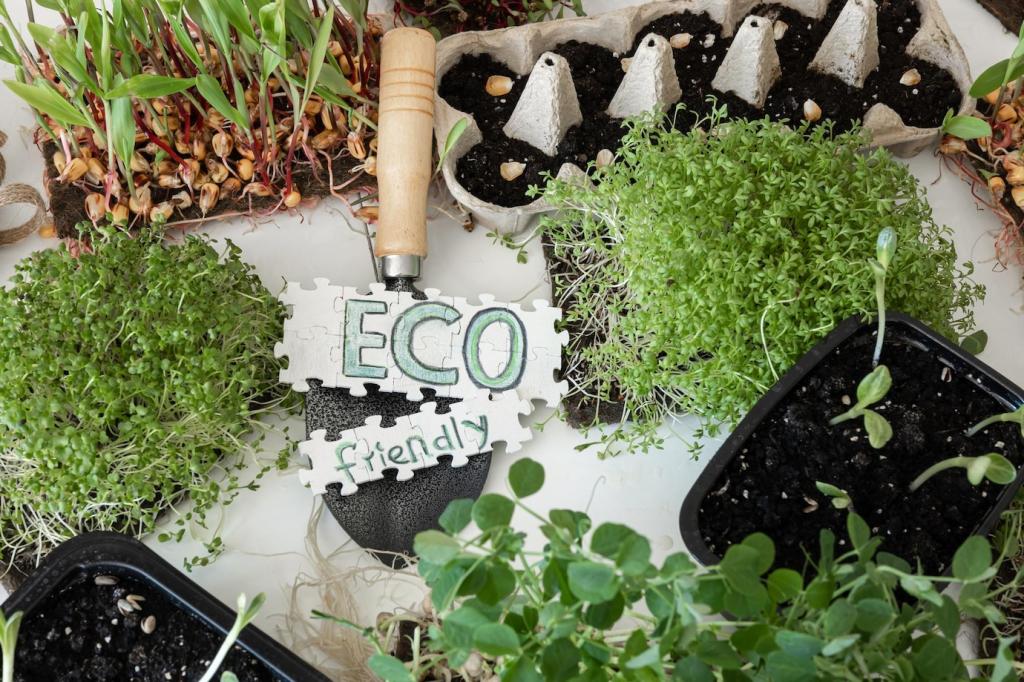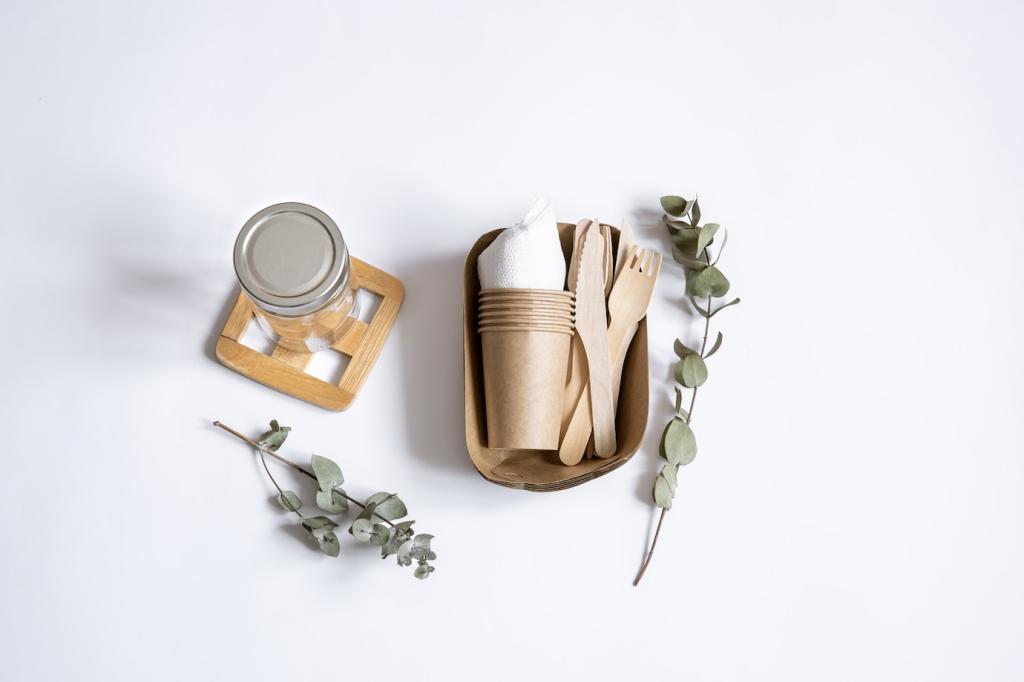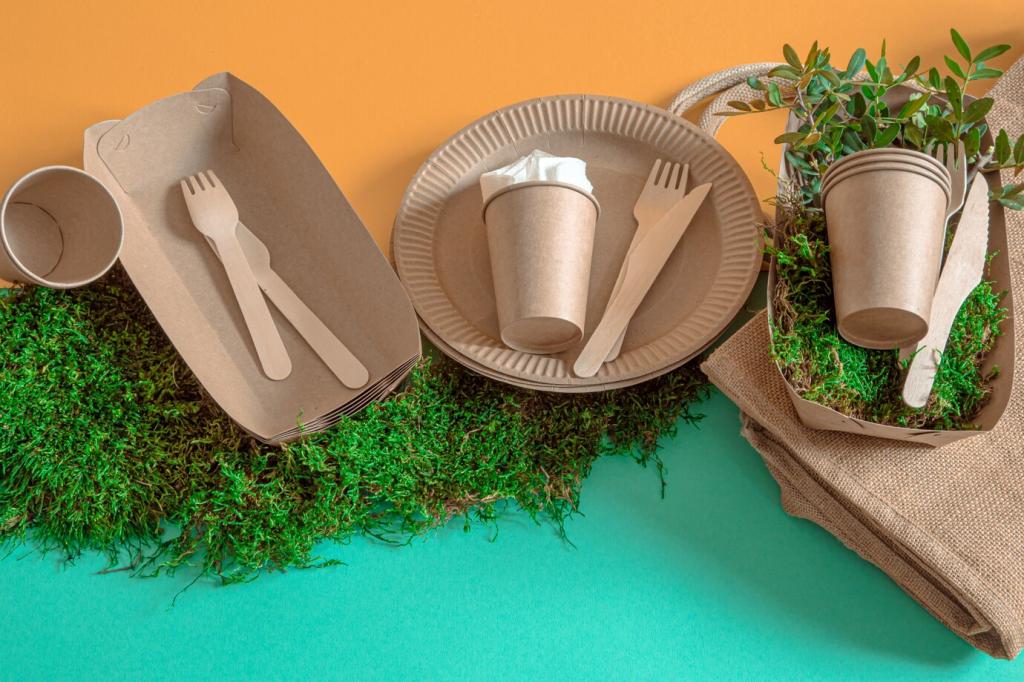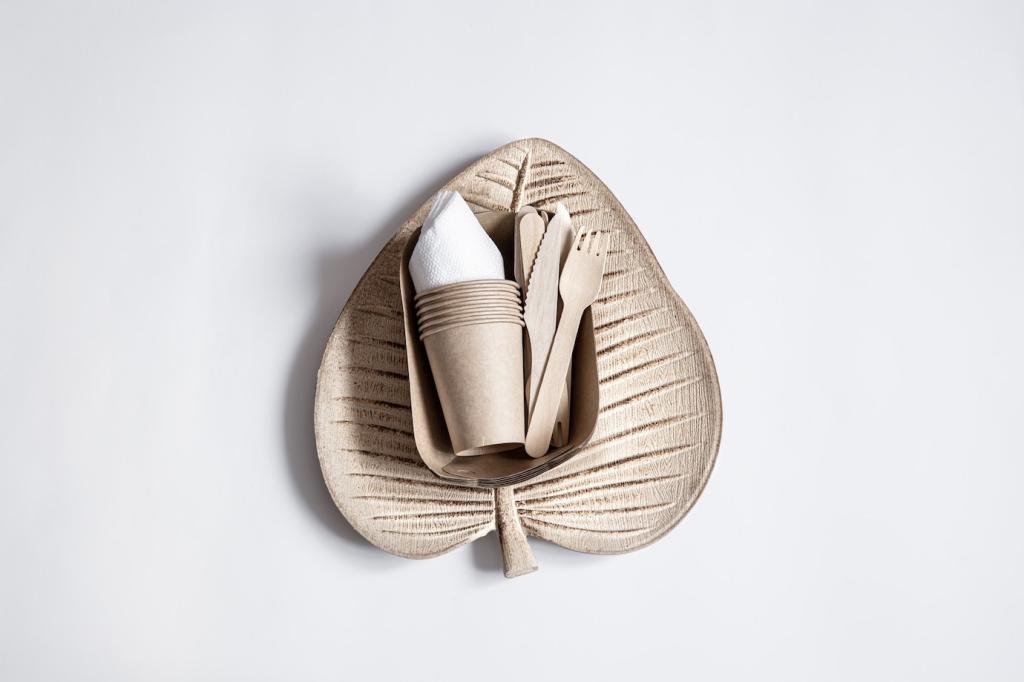Performance, Design, and Honest Labels
PLA is stiff and clear but softens with heat; PHA handles moisture better and can biodegrade in more environments; blends improve flexibility and toughness. Engineers balance impact resistance, seal strength, and oxygen transmission to meet safety and shelf-life targets.
Performance, Design, and Honest Labels
Standards like ASTM D6400 and EN 13432 require disintegration and biodegradation under industrial composting temperatures and timeframes. Home composting is cooler and slower, so only items certified for home systems should claim it. Clear certification logos help everyone sort correctly.
Performance, Design, and Honest Labels
Avoid mixing incompatible materials, print composting instructions directly on items, and color-code lids for easy sorting. If you host events, post signage by bins. Tell us what labeling practices actually help your community; your feedback shapes our next design guide.
Performance, Design, and Honest Labels
Lorem ipsum dolor sit amet, consectetur adipiscing elit. Ut elit tellus, luctus nec ullamcorper mattis, pulvinar dapibus leo.


